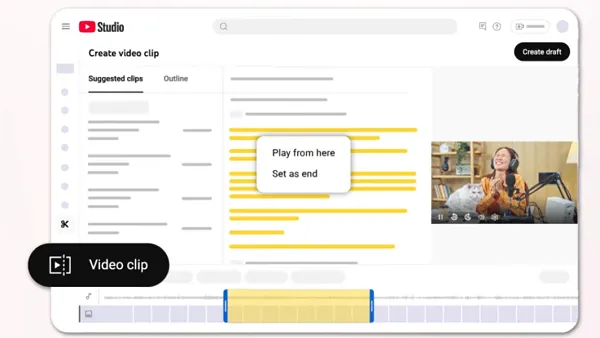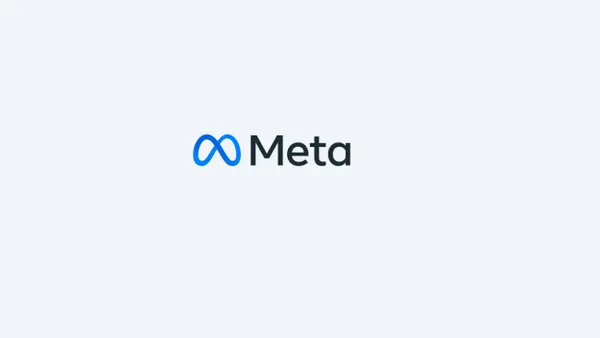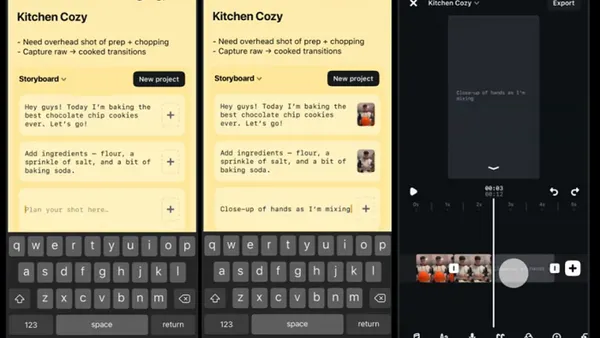This is my first ever blog post, and I am looking forward to doing many more. I recently had dinner with Pat McGovern, founder and Chairman of IDG and IDC, to celebrate my 10th anniversary at IDC. It turns out that Pat is an avid fan of blogs, reads several each day, and sees them as a great vehicle for thought leadership and opinion. I agree with Pat, and I too read several blog posts a day. As an industry analyst, I write constantly and am very excited to communicate and collaborate with all of you through blogs like this one.
So, while communication channels for IT research may change, one constant in the software industry is customer discontent with software pricing. (Almost) since the beginning of time, software customers have complained aboutsoftware pricing and licensing models. Customers believe they have been forced to buy more software than they need or use. They are rightly concerned about software cost in light of new technology scenarios such as virtual environments and cloud computing. And, they dislike complex pricing models almost as much as inflexible models, making it almost impossible for vendors to come up an approach that satisfies every customer need. When it comes to software, the price just never seems to be right, unless, of course, it's free. But nothing is ever really free.

This isn't to say that customers have not been justified in their angst--truly, they are. It's just that in the past, there really wasn't much customers could do besides grumble. The vendors held most of the cards, and kept their softwarepricing models hidden away and so obtuse that it was hard for customers to take any concrete action.
In the last few months, customer discontent with software pricing has reached a fever pitch, and this time the discourse has led to action. Customers are executing on strategies to renegotiate contracts in order to get lower prices and/or more favorable terms, or even cutting software or services altogether. Software license discounts have been the norm in the industry for some time, but recently this analyst has heard of customers negotiating discounts of 90% and above. And, though software maintenance used to be untouchable by customers looking for discounts, that is no longer the case.
Besides being a sign of the times, are the vendor concessions on software price a sign of something bigger? The terms "normalize" and "level-set" are tossed about these days to talk about what these price cuts might eventually lead to, but I don't think these are appropriate descriptors. I agree that tough times will force a much better alignment of price/value that we've ever seen in the software industry. But this would be far from normal. For years, "normal" in thesoftware industry has meant a (almost paralyzing) high up-front license cost for software installed on-premise followed by large ongoing maintenance fee. Normal has meant super-high margins for software vendors and customers that feel bullied by aggressive sales tactics.
The pendulum has shifted and customers now have the balance of power. The kinds of discounts we are seeing are clearly driven by the economy, but they would not be possible if there weren't alternatives to "normal" software business models. Software as a Service (SaaS), which is paid for via subscription and eliminates most costs associated with on-premise software is a viable alternative to traditional software, and open source alternatives exist in many softwaremarkets as well. IDC has also seen a shift in pricing metrics, moving towards those based on consumption or usage rather than total capacity, which can also help better align price and value.
So, what does all this mean for the software industry? Are 90% discounts, and steep maintenance concessions sustainable? Not for very long. Will customers be willing to give these discounts up once times get better? Unlikely. Software companies will have to evolve. Subscription pricing and SaaS will play a key role here. With great adversity comes great opportunity, and software companies that offer technologies and pricing models that customers can't afford to pass up will gain share at the expense of traditionally licensed products. But going back to business as normal? I seriously doubt it.











